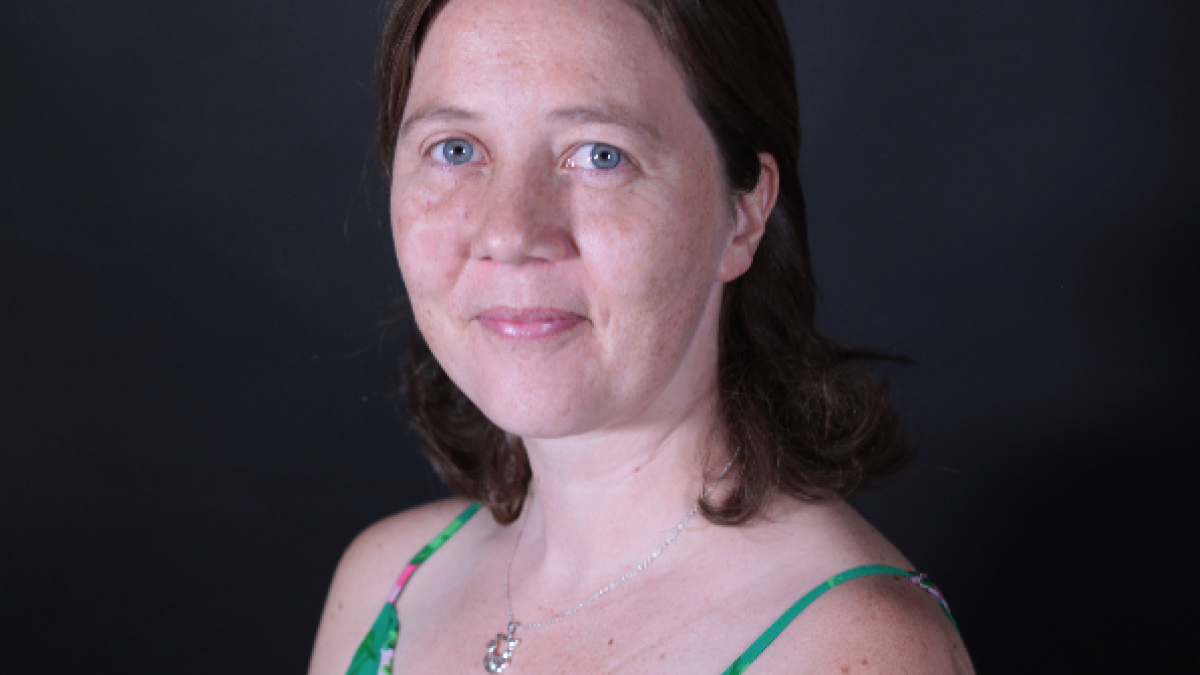ASU professor uses German language to help students with dyslexia

ASU Professor Sara Lee
At Arizona State University's School of International Letters and Cultures, teaching language helps prepare students for a globalized world. For Professor Sara Lee, it also lets her help students overcome dyslexia.
“I see myself as a dyslexia specialist when it comes to teaching foreign language, especially German,” Lee said.
According to the Dyslexia Center of Utah, in the U.S. 15 to 20 percent of students have a language-based learning disability, the most common of which is dyslexia. Lee explained that this often makes students insecure when it comes to language learning. Based on Lee’s work, however, students can excel regardless, especially with German.
“The difference is really in the language itself.” Lee explained. “In English, there’s much more of a variety of how different sounds can be represented by different letters or how one letter can have different sounds. … In German, it’s much more of one letter represents one sound.”
“My philosophy is to see the heterogeneity in my classroom, to see the different needs of students, to see what they’re capable of doing, to differentiate. Students can be very successful in language learning at different levels,” Lee said.
While a dyslexic student may struggle with a written vocabulary test, that is only one tool Lee has to measure proficiency. And Lee believes that German is fundamentally conducive to learning a language.
Consider as an example the words “tough” and “through.” Although both words end in “ough,” they are pronounced differently. In German, the phonetic pronunciation of the word corresponds to the spelling.
Dyslexic students, according to Lee, cannot visualize entire words from memory and have to work through them “step by step.” Without that visualization, however, they struggle to recognize when words are spelled incorrectly.
Lee says that in Germany, the rate of dyslexic speakers is 8 to 10 percent. Her research indicates that the easier structure of German words impacts that rate.
“It’s not quite as confusing. There are not so many different ways of pronouncing and spelling words,” Lee said. “So it’s actually easier to speak and learn German than it is to speak and learn English.”
Ultimately, Lee identifies herself as a teacher first, and has brought her understanding of language-based learning disabilities into the classroom for the benefit of the students.
She describes working with one student who had tried studying three languages already. When he decided to try German, Lee designed the curriculum with sensitivity to his dyslexia, and “he actually realized he had quite a knack for languages.”
According to Lee, “A lot of students who are suffering from dyslexia have suffered so much during their school years that they don’t trust their abilities when it comes to learning languages. ... One of my main goals is to show them, especially in America, when you struggle with dyslexia because of English, German may actually be a really good choice for you.”
Learn more about the school's German language programs here.